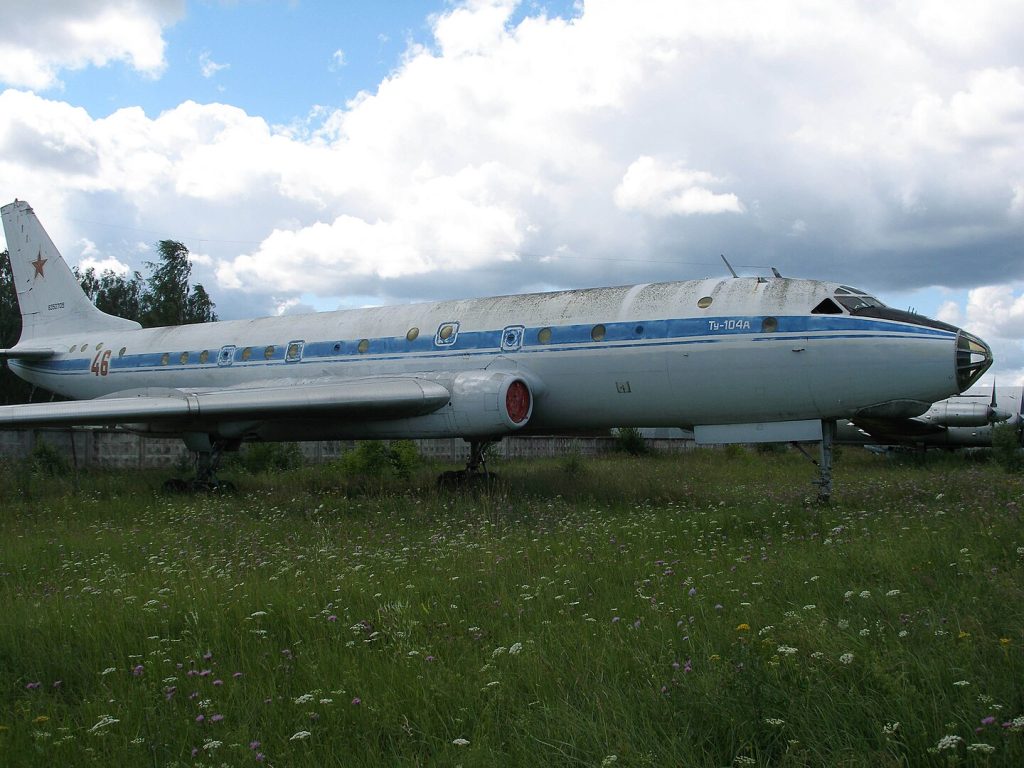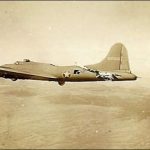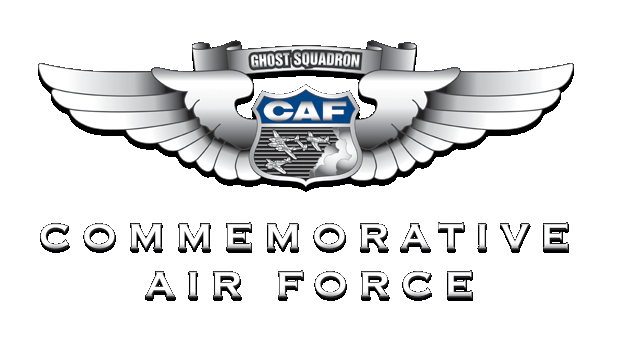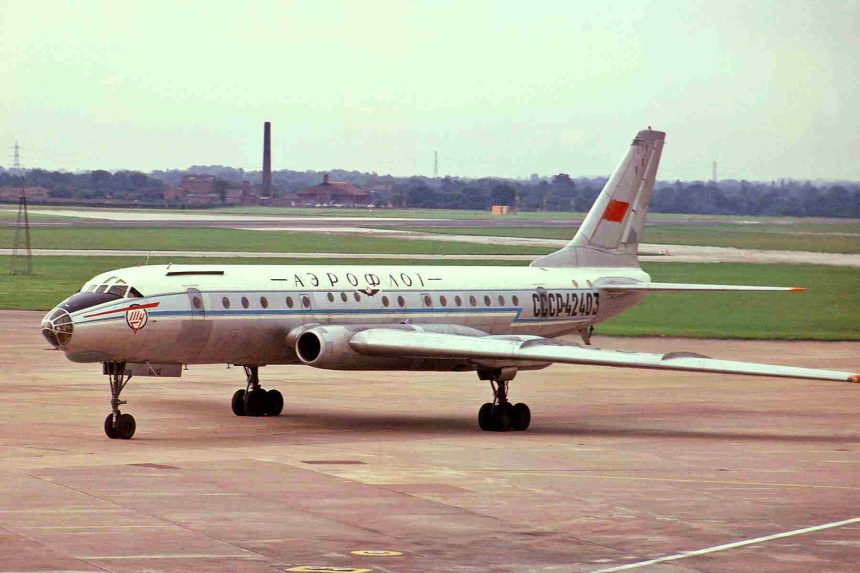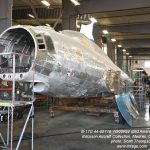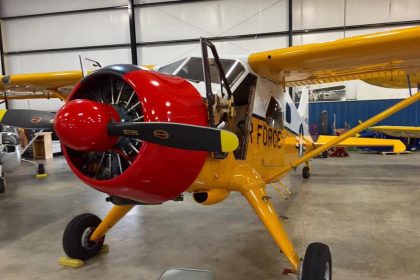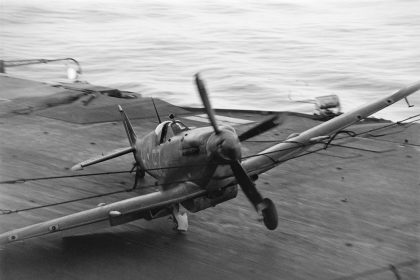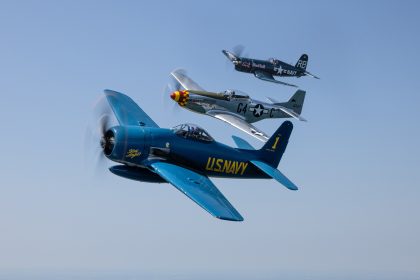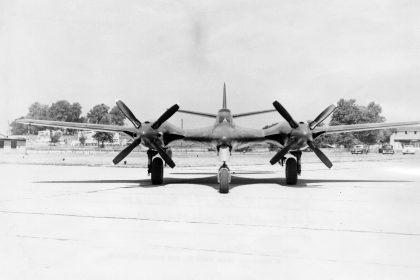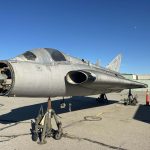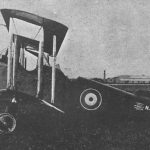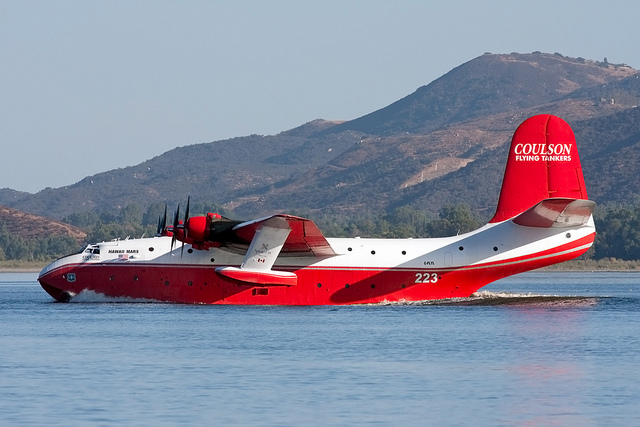On this day in aviation history, June 17, 1955—exactly 70 years ago—the Tupolev Tu-104 took to the skies for its first official flight. Designated “Camel” by NATO, the Tu-104 was a narrow-body, twin-turbojet Soviet airliner that became the second jet-powered airliner to enter commercial service, following the British de Havilland Comet. From 1956 to 1958, after the Comet was grounded due to safety concerns, the Tu-104 was the only jetliner operating in commercial service anywhere in the world.
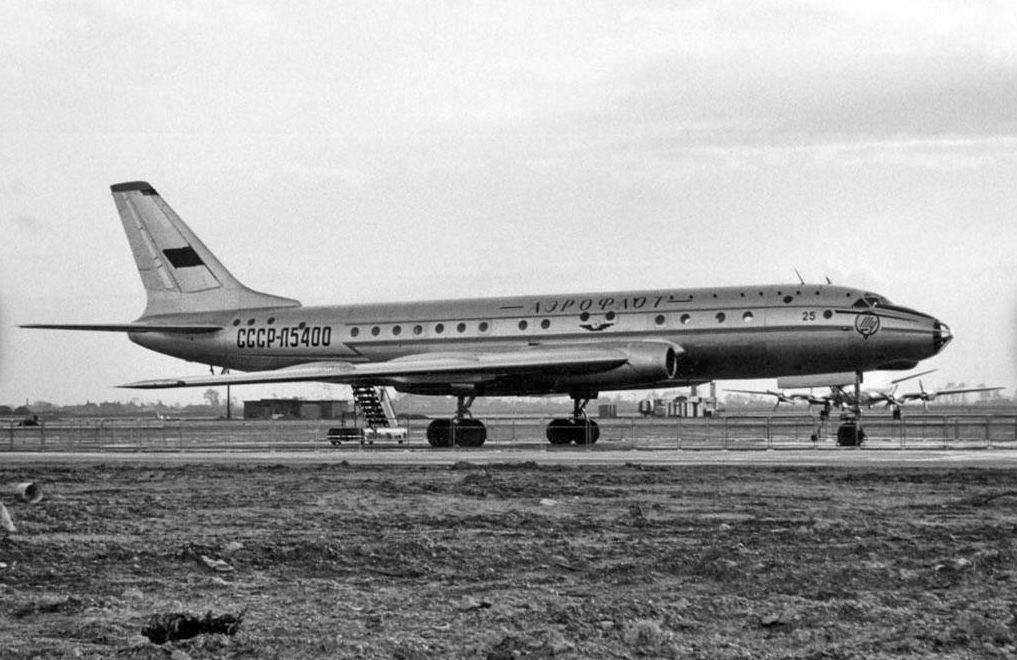
The Tu-104 played a pioneering role in commercial aviation, particularly with Czechoslovak Airlines (ČSA), which became the first airline to operate an all-jet route using the aircraft between Prague and Moscow. While ČSA helped the Tu-104 make history, the majority of the fleet flew under Aeroflot, which transported more than 90 million passengers aboard the type between its commercial debut in 1956 and its retirement in 1981. In total, 201 Tu-104s were built.

Powered by two Mikulin AM-3M-500 turbojet engines embedded in the wing roots, the Tu-104 generated 21,400 pounds of thrust per engine and could reach speeds of up to 590 mph. Due to the limited infrastructure of the era—particularly the short runways common at many airports—the aircraft was equipped with a drag chute to assist with braking on landing. It typically operated with a crew of seven and accommodated between 50 and 115 passengers, boasting a service ceiling of 39,000 feet and a range of 1,320 miles.
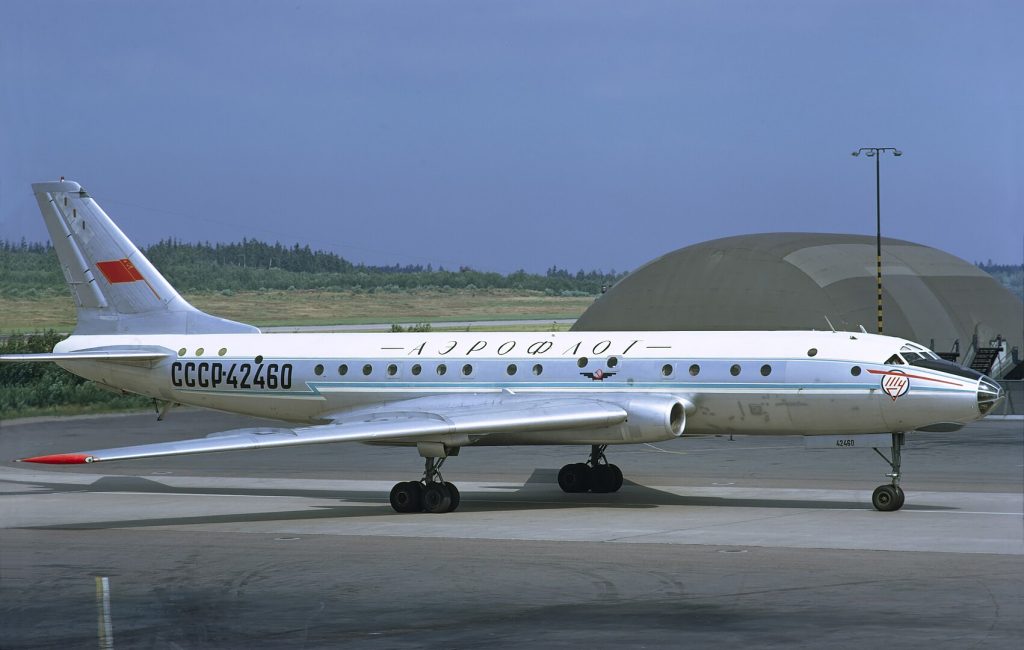
Despite its technical innovations, the Tu-104 suffered from a poor safety record compared to Western jetliners. Whether those issues stemmed more from design shortcomings or operational factors such as training and maintenance remains a matter of debate. Nonetheless, the Tu-104 remained in commercial use for a quarter-century—a testament to its pioneering role in early jet travel. Studying aircraft like the Tu-104, warts and all, helps preserve a complete picture of aviation progress during the Cold War era.
